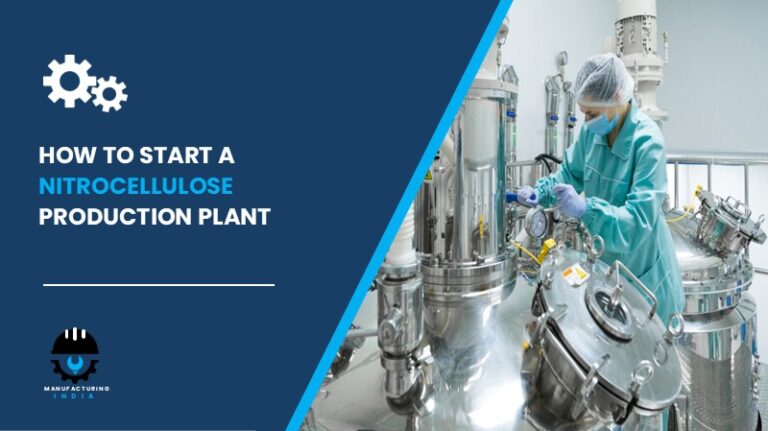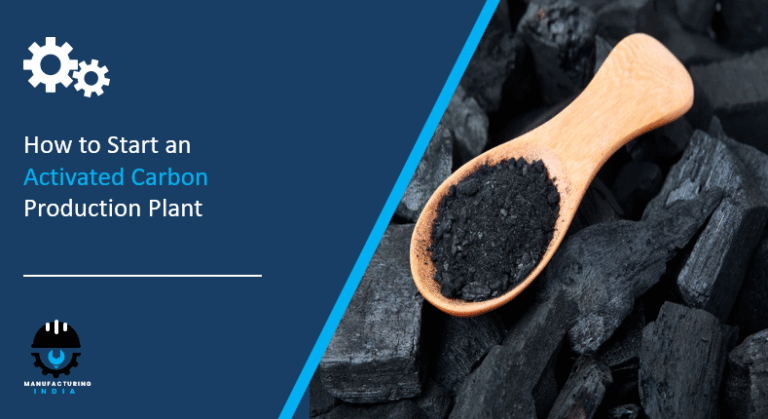
Cement is one of the most essential construction materials used across residential, commercial, and infrastructure projects. With rapid urbanization, growing real estate development, and increasing demand for sustainable building materials, establishing a cement manufacturing plant has become a strategic business opportunity for entrepreneurs and investors.
However, starting a cement plant requires significant planning, investment, and understanding of the cost factors involved. This guide provides a clear, practical breakdown of the key cost components and the major factors that influence total project cost.
Understanding Cement Manufacturing
A cement plant involves a series of operations, including raw material preparation, clinker production, grinding, blending, and packaging. The process requires heavy machinery, trained manpower, reliable raw material supply, and strong quality control.
Whether producing ordinary Portland cement (OPC), Portland pozzolana cement (PPC), or blended cements, each plant must ensure high efficiency, energy management, and compliance with environmental regulations.
Cost Breakdown for Setting Up a Cement Manufacturing Plant
The cost of establishing a cement plant depends on production capacity, process technology, plant layout, and automation level. Below is a general breakdown of key cost components:
1. Land and Site Development
A cement plant needs substantial land area for raw material storage, plant buildings, clinker units, grinding stations, and waste management systems. Costs include land purchase or leasing, leveling, boundary construction, access roads, and site preparation.
2. Plant Machinery and Equipment
Machinery is the most significant portion of the investment. This includes:
- Crushers and raw material handling equipment
- Kilns and preheaters
- Grinding mills
- Clinker coolers
- Conveyors and material feeders
- Packaging and palletizing machines
- Dust collectors and emission control systems
Automation level also impacts equipment cost—fully automated plants require higher upfront investment but reduce long-term operational expenses.
3. Raw Material Procurement
Cement production requires limestone, clay, gypsum, and additives. The cost depends on:
- Quality and availability of raw materials
- Transportation and handling charges
- Storage and processing requirements
Initial raw material stocking is part of the working capital.
4. Building and Civil Construction
This includes:
- Process buildings
- Storage silos
- Administrative and laboratory spaces
- Workshops and warehouses
- Foundations for heavy machinery
- Worker facilities and safety infrastructure
Civil construction forms a major part of the fixed investment.
5. Utilities and Power Systems
Cement plants require stable and high-capacity utilities, such as:
- Electricity for grinding and kiln operations
- Heat energy (fuel, coal, gas, or alternative fuels)
- Water supply for cooling and processing
- Compressed air
- Waste heat recovery systems (optional)
Setting up these utility systems contributes significantly to project cost.
6. Labor and Manpower Setup
Cement production requires skilled and semi-skilled labor for:
- Kiln operation
- Grinding and blending
- Electrical and mechanical maintenance
- Quality assurance
- Packaging and logistics
Training and HR systems also contribute to initial cost.
7. Quality Control and Laboratory Setup
Cement quality must meet strict performance standards. Costs include:
- Chemical and physical testing equipment
- Quality control lab setup
- Testing tools for raw materials, clinker, and finished cement
8. Environmental Compliance and Certifications
Cement plants must adopt pollution control measures such as:
- Dust collectors and bag filters
- Emission control systems
- Waste heat recovery
- Effluent treatment systems
Obtaining required environmental clearances also involves planning and compliance costs.
9. Packaging, Storage, and Distribution Setup
Cement is commonly stored in silos and packaged in bags or bulk systems. Costs include:
- Packaging machines
- Storage warehouses
- Loading systems for trucks
- Logistics and distribution arrangements
10. Working Capital Requirements
Once the plant begins operations, working capital is needed for:
- Raw material purchase
- Monthly labor costs
- Power and utility bills
- Maintenance and repairs
- Packaging supplies
- Inventory and logistics
Factors Affecting the Cost of Starting a Cement Manufacturing Plant
The actual investment required depends on several project-specific factors. Here are the major ones:
1. Production Capacity
Larger plants require significantly more machinery, land, utilities, and manpower, increasing overall investment.
2. Manufacturing Technology
Plants using advanced kiln systems, energy-efficient grinding mills, or waste heat recovery systems may have higher initial costs but benefit from long-term savings.
3. Location and Raw Material Availability
Proximity to limestone quarries reduces raw material transportation costs. Remote locations may increase logistics and labor expenses.
4. Level of Automation
Higher automation improves productivity and consistency but increases upfront investment in machines and control systems.
5. Environmental Regulations
Compliance with strict emission norms may require additional dust filters, scrubbers, and pollution control systems.
6. Fuel and Energy Sources
Choice of energy (coal, natural gas, alternative fuels) impacts both setup and long-term operating expenses.
7. Plant Layout and Infrastructure Requirements
Custom layout designs, large silos, or integrated grinding units influence overall construction costs.
8. Skilled Workforce Availability
Areas with limited technical labor may require higher training costs or staffing from other regions.
Starting a cement manufacturing plant involves significant investment, but strong demand from construction and infrastructure sectors ensures consistent growth potential. Understanding the major cost components and the factors that influence them helps entrepreneurs plan more accurately and optimize their budget.
A well-structured feasibility study and project report can provide clarity on technology choices, land requirements, equipment selection, operational planning, and long-term profitability.



